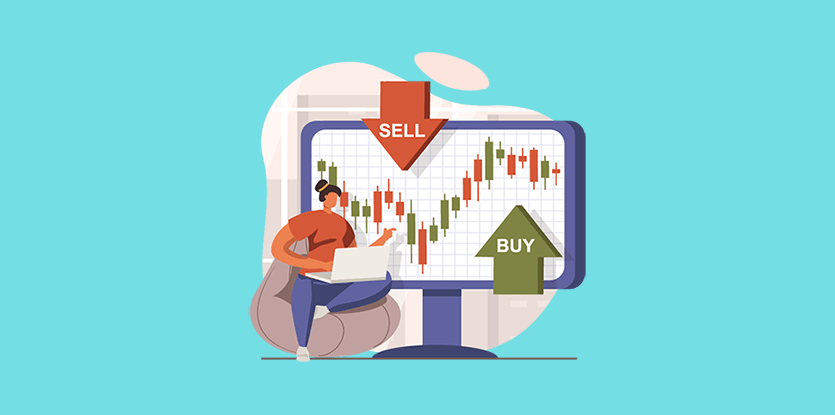Flag patterns are similar to the pennant pattern but are often smaller. This technical analysis tool offers traders the benefit of a low-risk investment associated with quick profits. Flags appear all over the price highway, you find them in fast-moving environments, where stocks or indexes moved several points over just a few days, then the price pauses at the flag and then continues forward in the same direction. Of course, eventually, the price reverses directions, so catching the flag at the right point, is critical.

Like the pennant, the flag pattern is based on the market price consolidation of a particular stock. The consolidation will have a narrow range and happen just after a quick upward move. Like the pennant, this pattern has a flag “pole,” which can represent a vertical price fluctuation. These fluctuations can be bearish and bullish, and if you know how to spot these patterns is can give an investor a great advantage.
For bullish patterns, the beginning will start with a sudden spike that can take many investors by surprise and cause a volume frenzy because many are trying to buy in before and during the wave of investment coming in. After a while, the price will peak and form a slight reversal giving the appearance of a tilted rectangle. A breakout occurs when the resistance trend line is broken as the prices begin to rise again and then an explosive price shift as another breakout occurs as the quick trend upward continues.
Bearish patterns are simply the inverted form of the flag pattern, which indicates a panic price drop with an almost vertical initial drop. This time, when the trend line breaks, it will induce panic selling to bring about another downward-pointing leg in the pattern. How sharp the drop is on the flag, in this case, is also the indicator of how bearish this pattern will be, and a wise investor will act accordingly.
Understanding the Flag Pattern
Flags are short-term technical analysis usually lasting less than 21 days long. In many cases, the formation can only take 3 to 4 days, appearing as a horizontal rectangle, then out of nowhere breaks out of a fast-moving trend. Reliable flags appear during steep, quick price action. The patterns could be up or down, but the prices rise or fall extremely fast, moving several points over a short period. Volume also typically decreases throughout the formation but is not always the case.
If you think you spotted a flag to trade, the most important factor is the rapid steep price trend. If the price action is slowly moving up and down the form the flag, then you’ll be better off looking elsewhere.
Attributes
- Pattern type: Continuation
- Indication: Bullish
- Breakout confirmation: The confirmation for this pattern is when the stock or index closes above the upper trendline across the highs with above-average volume.
- Measuring: take the distance between the previous steep move leading into the flag, and then add that amount to the breakout.
- Volume: The volume declines during the formation, expanding on the breakout.
Conclusion
A flag pattern, and technical analysis, is used to identify the possible continuation of the previous trend when the price has drifted against the same trend. When the trend resumes, the price increase should be swift, making the trade and beneficial by noticing the flag pattern, and that’s a breakout. To learn more about stock chart patterns and how to take advantage of technical analysis to the fullest, be sure to check out our entire library of predictable chart patterns. These include comprehensive descriptions and images so that you can recognize important chart patterns scenarios and become a better trader.


